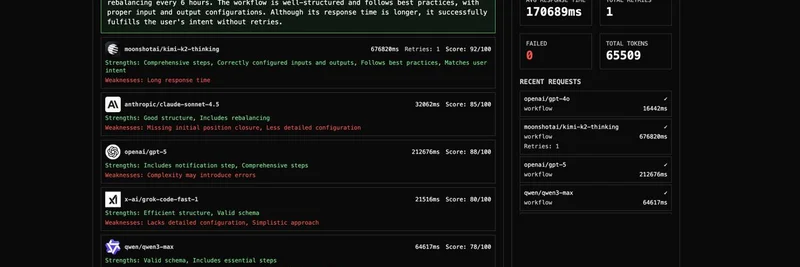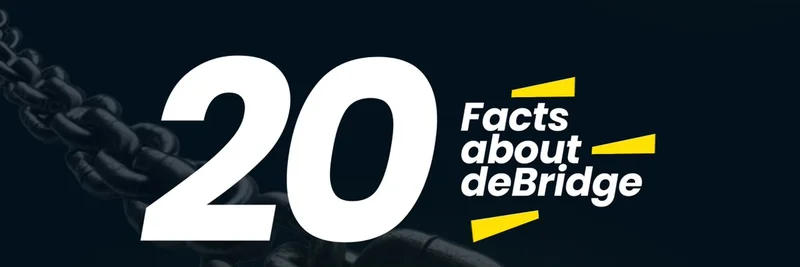In a groundbreaking development, Google DeepMind's Aeneas model is revolutionizing the way historians connect with the past. This AI tool, capable of deciphering ancient Latin inscriptions with an impressive 72% accuracy, is not just a technological marvel but a bridge to understanding our history more deeply.
The Aeneas Model: A Closer Look
The Aeneas model leverages a vast dataset of 176,000 Latin inscriptions, combined with multimodal inputs, to enhance its accuracy. This approach allows it to contextualize and restore fragmentary texts, a task that has traditionally been laborious and prone to human error. By using transformer-based decoders and specialized networks, Aeneas can attribute inscriptions to specific ancient Roman provinces and date them within a 13-year range of historical records.
How It Works
Aeneas processes textual inputs through a transformer-based decoder, which retrieves similar inscriptions from its extensive database. For visual data, it uses images of the inscriptions to further refine its geographical attribution, achieving a 72% accuracy rate. This capability is particularly significant because it helps historians interpret, attribute, and restore damaged artifacts, providing a more comprehensive understanding of ancient texts.
Transforming Historical Research
The impact of Aeneas on historical research cannot be overstated. Historians who have tested the model report that it transforms their work by identifying similar inscriptions and proposing words to fill gaps in worn artifacts. This is crucial for setting texts in context and ensuring accurate interpretations. For instance, in a collaboration involving 23 historians, Aeneas provided helpful context in 90% of cases, promising to be a game-changer in the field.
Real-World Applications
One of the most exciting aspects of Aeneas is its potential to uncover lost knowledge. By deciphering inscriptions that were previously indecipherable, it opens up new avenues for research into ancient Roman culture, politics, and daily life. This could lead to rediscoveries that reshape our understanding of history.
The Role of Blockchain
The thread also touches on the intersection of AI and blockchain technology. Blockchain's ability to store data immutably makes it an ideal platform for preserving these deciphered scripts. Imagine a future where ancient inscriptions are not only decoded but also securely stored on the blockchain, ensuring their accessibility and integrity for generations to come. This combination of AI and blockchain could revolutionize how we preserve and interact with historical data.
The Future of AI in Historical Research
As we look forward, the potential applications of AI like Aeneas are vast. From deciphering other ancient languages to analyzing archaeological findings, AI is set to play a pivotal role in uncovering the mysteries of our past. The thread suggests that we are only scratching the surface of AI's potential, and the next few years could bring even more breakthroughs.
Challenges and Considerations
While the prospects are exciting, there are challenges to consider. Ensuring the accuracy and ethical use of AI in historical research is paramount. Additionally, the integration of such technologies requires collaboration between technologists and historians to fully realize their potential.
Conclusion
Google DeepMind's Aeneas model is a testament to the power of AI in transforming historical research. By deciphering ancient Latin inscriptions with remarkable accuracy, it is helping historians connect the past in ways previously unimaginable. As we continue to explore the synergies between AI and blockchain, the future of historical research looks brighter than ever.
For those interested in the latest technological advancements and their impact on various fields, stay tuned to Meme Insider for more insights and updates.



